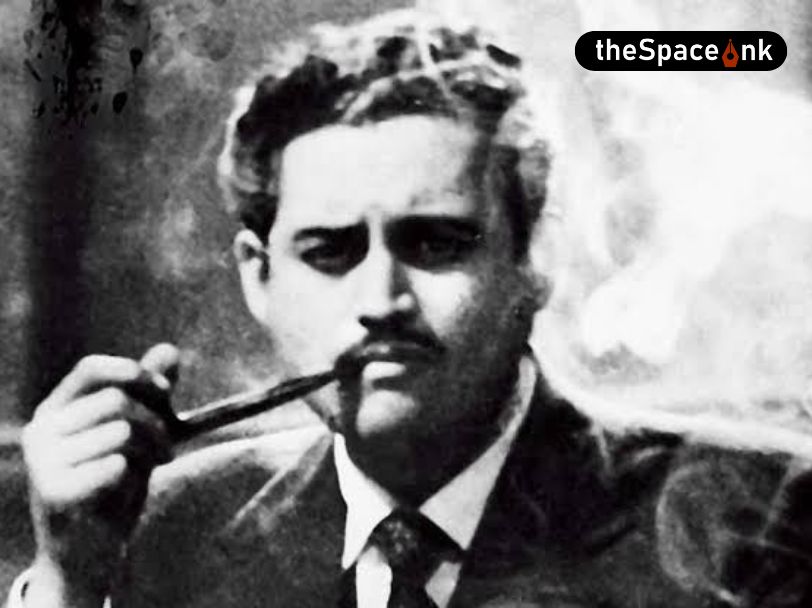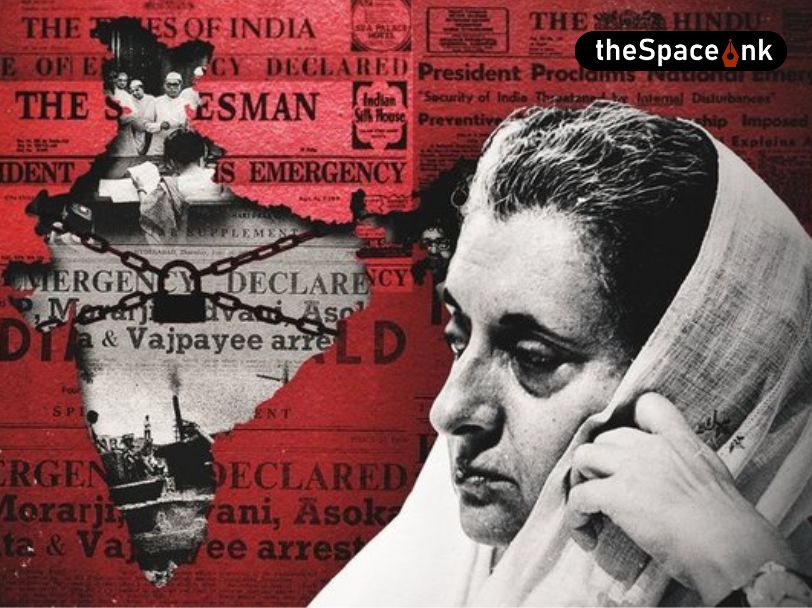Halloween celebrated on 31 October is an evening of fun and frolic studded with exotic costumes, spooky delights, boisterous parties, and exhilarating games in most parts of the world today. It is a delightful holiday. However, Halloween essentially is a Christian festival of Celtic origin whose name comes from the Scottish concept of ‘All Hallows’ Eve,’ meaning, the Eve of All Saints’ Day.
The Celts, who lived about 2,000 years ago in the geographical region that comprises present-day England, Scotland, Wales, Ireland and northern France celebrated their new year on 1 November which marked the end of summer as well as the season of harvest and the beginning of the dark, cold winter, a time of year often associated with death.
Celts believed that on the night before the new year, namely, on 31 October, the boundary between the world of the living and the world of the dead got blurred. The laws of space and time were suspended temporarily allowing the world of the spirits to coalesce with the world of the living. Therefore, on this day, Samhain, the god of death, allowed the souls of the dead to return to the world of the living for an annual visit. On this occasion, malevolent spooky entities such as demons, ghosts, goblins, and witches also roamed the world freely. With vengeance, they would go after those who harmed them in any way in the past. In order to conceal personal identities and avoid recognition by these malevolent entities, people would wear spooky masks and other outfits. Therefore, the festival of Samhain, dating back to the 5th century BCE, was traditionally celebrated on 31 October.

On the eve of Samhain, people put the fire of their homes out and gathered in the open where the Celtic priests offered animal and human sacrifices to Samhain and other Celtic deities to mediate their protection for the people from all forms of unnerving entities. The priests would kindle a large bonfire of sacred oak branches, and people would carry the new fire for use in the coming year from the Samhain bonfire back to their homes in little lanterns carved out of turnips.
The festival of Samhain coincided with the Christian festival of All Hallows Eve, known also as the Eve of All Saints Day which later came to be known popularly as Halloween celebrated on 31 October. Halloween celebration begins the three-day observance of Allhallowtide, known also as Hallowtide, Allsaintstide, or the Hallowmas season that comprises the celebrations of Halloween (All Hallows’ Eve / Eve of All Saints’ Day) on 31 October, All Hallows Day (All Saints’ Day) on 1 November, and All Souls’ Day on 2 November.
Celts believed that on the night before the new year, namely, on 31 October, the boundary between the world of the living and the world of the dead got blurred. The laws of space and time were suspended temporarily allowing the world of the spirits to coalesce with the world of the living. Therefore, on this day, Samhain, the god of death, allowed the souls of the dead to return to the world of the living for an annual visit.
When Christianity reached the Celtic world in the first century AD, in order to persuade the original Celtic people into accepting Christianity, the Church adopted many of the ancient Samhain customs into the Christian celebrations of Halloween. For instance, the practice of playing ‘trick or treat’ and ‘jack-o’-lantern.’
As part of the Celtic cultural background, on the eve of Samhain, people keep food and drink on their doorstep as gifts for the wandering spirits and other spooky beings so as to prevent them from entering their houses either to look for food and drink or to harm the living. In imitation of this Celtic practice, wearing bizarre costumes that represent demons, ghosts, goblins and witches, children in the Christianised world move from house to house shouting, ‘trick or treat?’ The ‘treat’ usually is some form of candy, although, in some cultures, money is also used. The ‘trick’ usually is an idle threat to perform mischief on the owners of the house or on their property if no treat is given. On this day beggars are allowed to come to the doors and ask for ‘all-souls’ cakes’ (currant-filled biscuits or scones). In return, they promise to say prayers for the recently deceased of the household. If the people in the house are stingy, the beggars may vandalize the house. The practice of ‘trick-or-treat’ occurs usually on the evening of 31 October. By putting up Halloween decorations outside their doors, some homeowners indicate that they are willing to give out treats; others simply leave treats on their porches for the children to take freely.

A jack-o’-lantern is a carved pumpkin or turnip lantern associated with the holiday of Halloween and named after the phenomenon of a strange light flickering over peat bogs, called jack-o’-lantern or will-o’-the-wisp. In a jack-o’-lantern, the top of the pumpkin or turnip is cut off to form a lid, the inside flesh is scooped out, and an image — usually a monstrous or comical face – is carved out of the rind to expose the hollow interior. To create the lantern effect, a light source is placed within before the lid is closed. The light source is traditionally a flame such as a candle or tea light. Today artificial jack-o’-lanterns with electric lights are easily available. On the doorsteps of houses, jack-o’-lanterns are used as decorations prior to and on Halloween.
People have been making jack-o’-lanterns at Halloween for centuries. The practice originated from an Irish story about a man nicknamed Stingy Jack. According to the story, Stingy Jack invited the Devil to have a drink with him. True to his name, Stingy Jack did not want to pay for his drink. Therefore, he convinced the Devil to turn himself into a coin that Jack could use to pay for their drinks. Once the Devil did as he was told, Jack decided to keep the coin for himself instead of using it to pay for the drinks. He put the coin into his pocket next to a silver cross which prevented the Devil from changing himself back to his original form. Jack eventually freed the Devil under the condition that the latter would not bother him for one full year and that should he die, the latter would not claim his soul. The following year, once again Jack tricked the Devil into climbing a tree to pick its fruits. While he was up on the tree, Jack carved a sign of the cross onto the tree’s bark so that the Devil could not come down until he promised Jack that he would not bother him for ten more years.
When Jack died, God would not let him enter heaven on account of his depraved character. Similarly, the Devil, upset by the trick that Jack had played on him and keeping his promise not to claim his soul, would not allow him into hell. So, Jack was off into the dark night with only a burning coal to light his way. Jack put burning pieces of coal into a carved-out turnip and has been roaming the Earth since then. The Irish began to refer to this ghostly figure as Jack of the lantern, and later, simply as jack-o’-lantern.’ This supposed association of the turnip with Jack has led to the tradition of carving scary faces on turnips on Halloween.
In Ireland and Scotland, people began to make their own versions of jack-o’-lanterns by carving scary faces onto turnips or potatoes and placing them onto windows or near doors to frighten away Stingy Jack, and other unnerving beings. In England, people used large beets to make their versions of the jack-o’-lantern. Immigrants from these countries brought the jack-o’-lantern tradition with them when they migrated to the United States. They soon found that pumpkins, a vegetable native to America, make perfect jack-o’-lanterns.

Halloween celebrated on 31 October draws much of its significance on account of the feasts of All Saints’ Day celebrated on 1 November and All Souls’ Day celebrated on 2 November. As per the Christin tradition and faith, saints are those who have attained the beatific vision of God. In fact, the Church celebrates the feast of each canonized saint on a specific day of the year. Since the Church believes that there are countless others who have attained the beatific vision of God and yet are not canonized as saints, on All Saints’ Day the Church honours them and celebrates their sainthood. In any case, it is a commemoration of the dead. On 2 November, the Church celebrates All Souls’ Day, the feast of those who have died and are believed to be in Purgatory, a place of cleansing of all sinfulness and moral impurities before they are admitted to the presence of God in heaven. It is another commemoration of the dead.
By means of the celebrations of All Saints’ Day and All Souls’ Day — days honouring two categories of the dead, the Church replaced, or if I may say so, baptized Samhain, the Celtic festival of the dead, with Christian versions of the festivals of the dead.
Images courtesy: Pxhere
Sacaria Joseph is an Assistant Professor in the Department of English at St. Xavier’s College, Kolkata. Having pursued his undergraduate studies at St. Xavier’s College, he furthered his academic journey by obtaining a Master of Arts degree in English Literature from Pune University, a Master of Philosophy from Jadavpur University, Kolkata, and a PhD from Visva-Bharati University, West Bengal. In addition to his academic pursuits, he writes on a wide array of subjects encompassing literature, philosophy, religion, culture, cinema, politics, and the environment.









One Response
While happy to read the story of Halloween, difficult to digest the accident in South Korea which left the death toll to 154. Another 149 people were injured, 33 of them in serious condition. At least 26 citizens from 14 countries were among the dead. Such a deadly Halloween celebration should never be repeated!